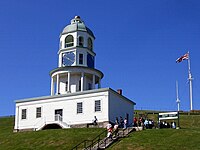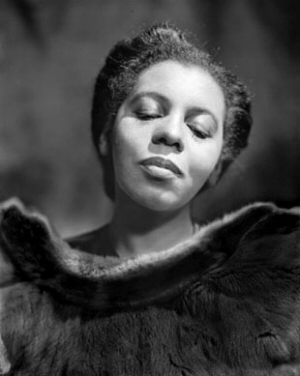
Portia May White was a Canadian contralto, known for becoming the first Black Canadian concert singer to achieve international fame. Growing up as part of her father's church choir in Halifax, Nova Scotia, White competed in local singing competitions as a teenager and later trained at the Halifax Conservatory of Music. In 1941 and 1944, she made her national and international debuts as a singer, receiving critical acclaim for her performances of both classical European music and African-American spirituals. White later completed tours throughout Europe, the Caribbean, and Central and South America.

William Andrew White II was a Canadian chaplain and military officer from Nova Scotia who was commissioned as the first black officer in the Canadian Army. He served in World War I as a military chaplain, the only black officer in the Canadian military during the war.

North Preston is a community located in Nova Scotia, Canada within the Halifax Regional Municipality.
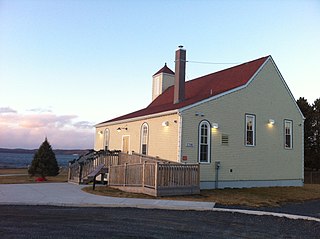
Africville was a small community of predominantly African Nova Scotians located in Halifax, Nova Scotia, Canada. It developed on the southern shore of Bedford Basin and existed from the early 1800s to the 1960s. From 1970 to the present, a protest has occupied space on the grounds. The government has recognized it as a commemorative site and established a museum here. The community has become an important symbol of Black Canadian identity, as an example of the "urban renewal" trend of the 1960s that razed similarly racialized neighbourhoods across Canada, and the struggle against racism.
East Preston is an expansive rural Black Nova Scotian community located in eastern Halifax Regional Municipality, Nova Scotia, in Atlantic Canada. The population at the time of the 2016 census was 869.

Edward Cornwallis was a British career military officer and member of the aristocratic Cornwallis family, who reached the rank of Lieutenant General. After Cornwallis fought in Scotland, putting down the Jacobite rebellion of 1745, he was appointed Groom of the Chamber for King George II. He was then made Governor of Nova Scotia (1749–1752), one of the colonies in North America, and assigned to establish the new town of Halifax, Nova Scotia. Later Cornwallis returned to London, where he was elected as MP for Westminster and married the niece of Robert Walpole, Great Britain's first Prime Minister. Cornwallis was next appointed as Governor of Gibraltar.

Viola Irene Desmond was a Canadian civil and women's rights activist and businesswoman of Black Nova Scotian descent. In 1946, she challenged racial segregation at a cinema in New Glasgow, Nova Scotia, by refusing to leave a whites-only area of the Roseland Theatre. For this, she was convicted of a minor tax violation for the one-cent tax difference between the seat that she had paid for and the seat that she used, which was more expensive. Desmond's case is one of the most publicized incidents of racial discrimination in Canadian history and helped start the modern civil rights movement in Canada.
Beechville is a Black Nova Scotian settlement and suburban community within the Halifax Regional Municipality of Nova Scotia, Canada, on St. Margaret's Bay Road. The Beechville Lakeside Timberlea (BLT) trail starts here near Lovett Lake, following the old Halifax and Southwestern Railway line. Ridgecliff Middle School, located in Beechville Estates, serves the communities of Beechville, Lakeside, and Timberlea.
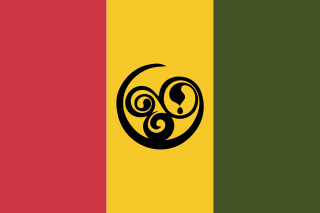
Black Nova Scotians are Black Canadians whose ancestors primarily date back to the Colonial United States as slaves or freemen, later arriving in Nova Scotia, Canada, during the 18th and early 19th centuries. As of the 2021 Census of Canada, 28,220 Black people live in Nova Scotia, most in Halifax. Since the 1950s, numerous Black Nova Scotians have migrated to Toronto for its larger range of opportunities. The first recorded free African person in Nova Scotia, Mathieu da Costa, a Mikmaq interpreter, was recorded among the founders of Port Royal in 1604. West Africans escaped slavery by coming to Nova Scotia in early British and French Colonies in the 17th and 18th centuries. Many came as enslaved people, primarily from the French West Indies to Nova Scotia during the founding of Louisbourg. The second major migration of people to Nova Scotia happened following the American Revolution, when the British evacuated thousands of slaves who had fled to their lines during the war. They were given freedom by the Crown if they joined British lines, and some 3,000 African Americans were resettled in Nova Scotia after the war, where they were known as Black Loyalists. There was also the forced migration of the Jamaican Maroons in 1796, although the British supported the desire of a third of the Loyalists and nearly all of the Maroons to establish Freetown in Sierra Leone four years later, where they formed the Sierra Leone Creole ethnic identity.

Richard Preston,, was a religious leader and abolitionist. He escaped slavery in Virginia to become an important leader for the African Nova Scotian community and in the international struggle against slavery. He established the Cornwallis Street Baptist Church, the African Abolition Society and the African Baptist Association.
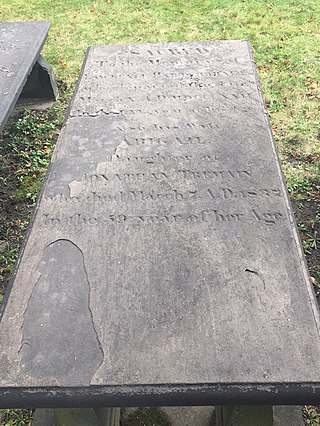
The Nova Scotian Settlers, or Sierra Leone Settlers, were African Americans and African Nova Scotians or Black Canadians of African-American descent who founded the settlement of Freetown, Sierra Leone and the Colony of Sierra Leone, on March 11, 1792. The majority of these black American immigrants were among 3,000 African Americans, mostly former slaves, who had sought freedom and refuge with the British during the American Revolutionary War, leaving rebel masters. They became known as the Black Loyalists. The Nova Scotian Settlers were jointly led by African American Thomas Peters, a former soldier, and English abolitionist John Clarkson. For most of the 19th century, the Settlers resided in Settler Town and remained a distinct ethnic group within the Freetown territory, tending to marry among themselves and with Europeans in the colony.
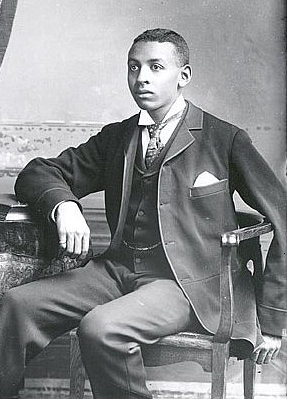
James Robinson Johnston was a Canadian lawyer and community leader.

The Africville Apology was a formal pronouncement delivered on 24 February 2010 by the City of Halifax, Nova Scotia for the eviction and eventual destruction of Africville, a Black Nova Scotian community.
Upper Hammonds Plains is a Canadian suburban community located in Nova Scotia's Halifax Regional Municipality.

The Statue of Edward Cornwallis was a bronze sculpture of the military/political figure Edward Cornwallis atop a large granite pedestal with plaques. It had been erected in 1931 in an urban square in the south end of Halifax, Nova Scotia, opposite the Canadian National Railway station. Cornwallis was the Lieutenant Governor of Nova Scotia (1749–1752) and established Halifax in 1749. A Cornwallis Memorial Committee was struck in the 1920s and a statue was raised to pay tribute to Cornwallis and to promote tourism.
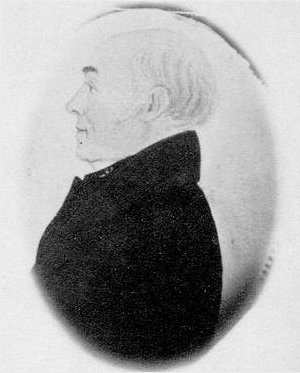
John Burton (1760–1838) was a Baptist minister in Nova Scotia and was one of the first to integrate black and white Nova Scotians into the same congregation. David George was the first Baptist minister. In 1811, Burton's church had 33 members, the majority of whom were free blacks from Halifax and the neighbouring settlements of Preston and Hammonds Plains.

William Pearly Oliver worked at the Cornwallis Street Baptist Church for twenty-five years (1937–1962) and was instrumental in developing the four leading organizations to support Black Nova Scotians in the 20th century: Nova Scotia Association for the Advancement of Colored People (1945), the Nova Scotia Human Rights Commission (1967), the Black United Front (1969) and the Black Cultural Centre for Nova Scotia (1983). He was instrumental in supporting the case of Viola Desmond. Oliver was awarded the Order of Canada in 1984.

Pearleen Oliver (1917–2008), sometimes Pearleen Borden Oliver, was a Black Canadian church leader, an anti Black-racism activist, writer, historian and educator.
Donald D. Skeir was a Canadian pastor, community leader, and educator in the African Nova Scotian community.
James A.R. Kinney was an African Nova Scotian accountant, community leader, and a co-founder of the Colored Hockey League.

